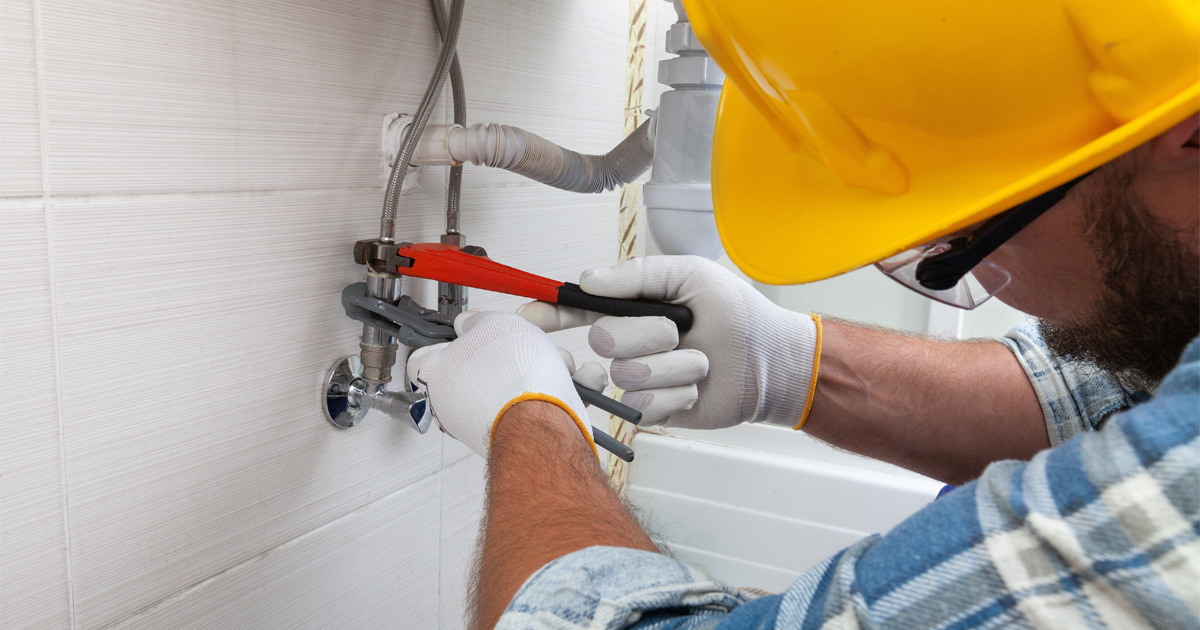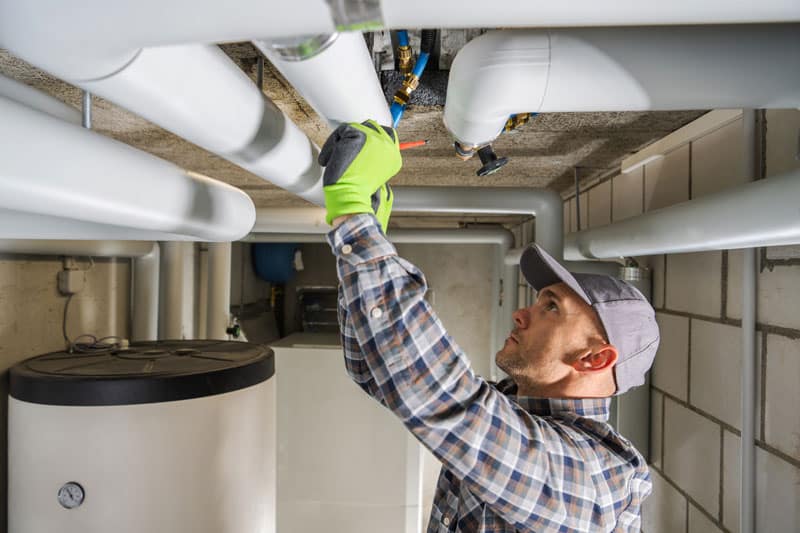Exploring Home Plumbing Basics: A Beginner's Tutorial
Exploring Home Plumbing Basics: A Beginner's Tutorial
Blog Article
On this page underneath you might get additional amazing help and advice all about Understanding the Basics of Your Home's Plumbing System.

Plumbing is an essential facet of any home, responsible for providing tidy water for drinking, cooking, and showering, along with eliminating wastewater safely. Understanding the basics of home plumbing is necessary for every house owner to ensure correct upkeep, troubleshooting, and, if needed, repair work. In this newbie's overview, we'll cover the basic principles of home plumbing to help you come to be a lot more aware of how it functions.
Water System
The water system system brings clean water right into your home from a metropolitan water source or an exclusive well. It contains a main water line that connects to your home's plumbing system, generally situated underground. A water meter determines the quantity of water taken in, while a shut-off valve enables you to control the circulation of water right into your home.
Plumbing Components
Plumbing components are devices that provide water to various parts of your home and include sinks, taps, toilets, showers, bath tubs, and home appliances such as dishwashing machines and washing devices. Each component is connected to the supply of water system via pipelines and installations and might have its shut-off shutoff for maintenance or emergencies.
Water Furnace
The water heater is responsible for heating water for domestic use, consisting of bathing, cooking, and cleansing. Common sorts of water heaters consist of tank-type water heaters, tankless (on-demand) water heaters, and heatpump hot water heater. The water heater is linked to the water supply system and supplies warm water to plumbing components as needed.
Drain System
The water drainage system eliminates wastewater from your home and brings it away to a sewage therapy facility or septic system. It contains a network of pipelines, installations, and fixtures that carry wastewater from plumbing fixtures to the main drain line or septic system. Proper water drainage is necessary to protect against obstructions, backups, and sewer leaks.
Air flow System
The air flow system helps keep correct air pressure and prevent drain gases from entering your home. Air vent pipes, additionally referred to as air vent stacks, prolong from plumbing fixtures to the roof, allowing sewer gases to run away securely outdoors. Air flow pipes likewise permit air to enter the drain system, promoting smooth wastewater flow and preventing suction or vacuum effects.
Common Plumbing Devices
Having the right devices accessible is essential for carrying out fundamental plumbing repairs and maintenance jobs. Usual plumbing devices include flexible wrenches, monkey wrench, pliers, pipeline cutters, hacksaws, bettors, augers (or drain snakes), and Teflon tape. Having these devices readily offered can aid you tackle small plumbing concerns successfully.
Standard Plumbing Repairs
While some plumbing repair work might need professional aid, several common problems can be resolved with fundamental do it yourself strategies. Knowing how to take care of a leaky tap, unblock a drain, replace a bathroom flapper, or fix a leaking showerhead can save you money and time on plumbing repair work.
Conclusion
Understanding the essentials of home plumbing is crucial for every single house owner to maintain a secure, practical, and effective plumbing system. By familiarizing on your own with the water system, plumbing fixtures, water drainage system, air flow system, typical plumbing devices, and basic repair services, you can confidently address minor plumbing concerns and guarantee your home's plumbing system operates efficiently.
Plumbing for Beginners: A Comprehensive Guide
If you’re a beginner when it comes to plumbing, don’t worry; you’re not alone. Plumbing may seem intimidating, but with the right knowledge and a little practice, you can handle many common plumbing issues on your own. In this comprehensive guide, we will demystify the world of plumbing for beginners, providing you with the basic knowledge and skills needed to tackle common plumbing problems and even take on some DIY plumbing projects.
The Importance of Basic Plumbing Knowledge for Beginners:
First and foremost, basic plumbing knowledge gives you a solid foundation. It helps you grasp the key concepts and terminology that are essential in this field. By learning the basics, you’ll be able to build upon that knowledge and tackle more complex plumbing tasks in the future.
Having a basic understanding of plumbing also enables you to handle common issues that may arise in your home. Picture this: a leaky faucet or a clogged drain. With some basic plumbing knowledge, you’ll have the confidence to troubleshoot and fix these problems on your own. It saves you from unnecessary expenses and the hassle of waiting for a professional to arrive.
As a beginner, learning the basics of plumbing empowers you to take care of your own home. It gives you a sense of independence and self-reliance. You’ll no longer have to rely solely on professionals for every small issue that pops up. Instead, you can handle many tasks yourself, saving time and money in the process.
Remember, everyone starts as a beginner. Embrace the learning process and take small steps to expand your plumbing knowledge. There are plenty of online resources, tutorials, and even local workshops that talk about plumbing for beginners.
Essential Tools for Plumbing for Beginners
As you start your plumbing journey, having the right tools in your toolbox is crucial. Let’s explore some of the must-have tools:
Adjustable Wrench:
This versatile tool is a staple in any plumber’s toolbox. It allows you to tighten or loosen nuts and bolts of various sizes. Make sure to have an adjustable wrench with a comfortable grip.
Pipe Wrench:
A pipe wrench is specifically designed for gripping and turning pipes. It has serrated jaws that provide a strong grip, making it easier to loosen or tighten threaded pipes and fittings.
Plunger:
The plunger is a simple yet effective tool for clearing clogged drains and toilets. It creates suction when you push and pull, helping to dislodge blockages. Keep a good-quality plunger handy for those unexpected clogs.
Pipe Cutter:
When it comes to cutting pipes, a pipe cutter is your go-to tool. It creates clean, precise cuts without damaging the pipe. Look for a pipe cutter that can handle the pipe sizes you’re working with.
Hacksaw:
A hacksaw is useful for cutting through pipes, screws, and other materials. It’s a versatile tool that can handle different cutting tasks. Remember to use a blade suitable for cutting metal.
Tape Measure:
Accurate measurements are crucial in plumbing. A tape measure allows you to measure pipe lengths, distances, and dimensions accurately. Opt for a sturdy tape measure that extends a good length.
Pliers:
Pliers come in handy for various tasks, such as gripping, bending, and cutting. Slip-joint pliers with adjustable jaws are great for gripping pipes, nuts, and bolts.

As an avid person who reads on What to Know About Plumbing: Basics, Tips, and Insights, I figured sharing that piece of content was beneficial. Loved our entry? Please quickly share it. Help somebody else discover it. Thanks for going through it.
Details Here Report this page